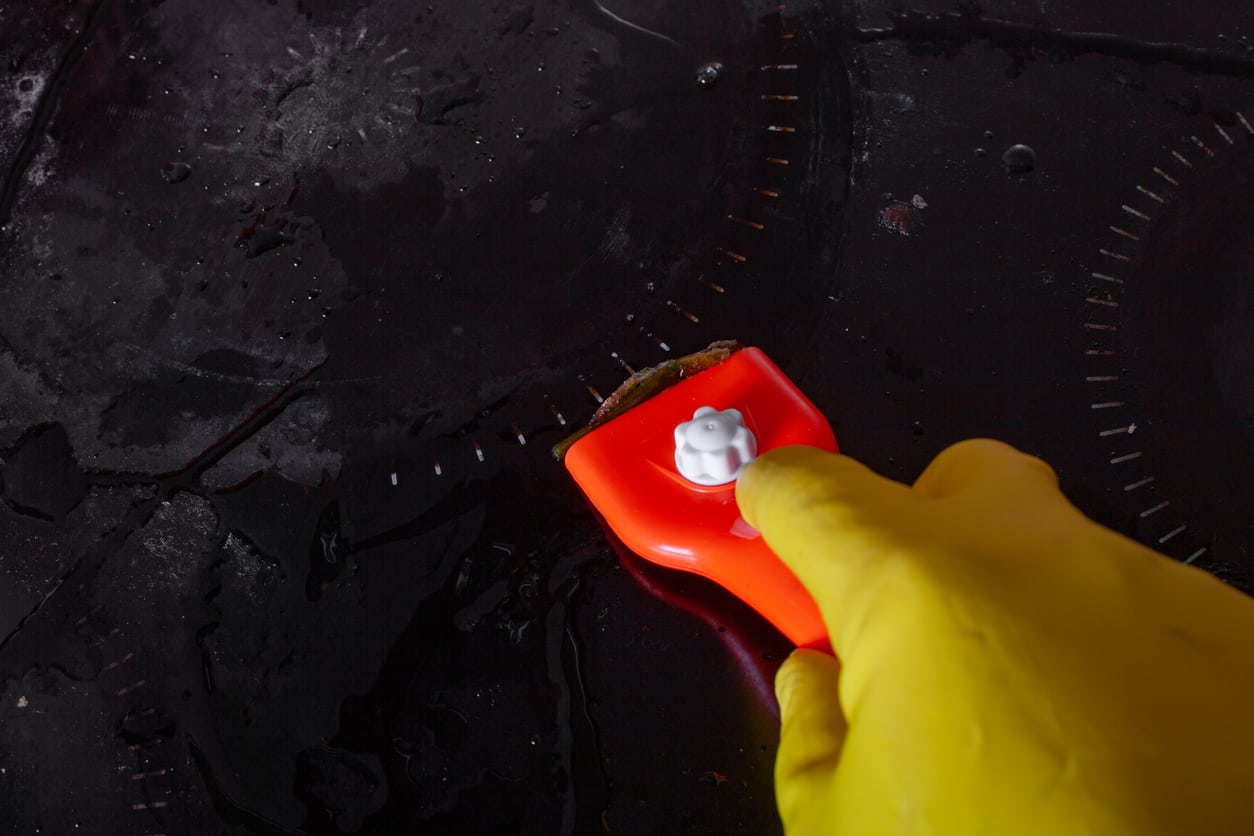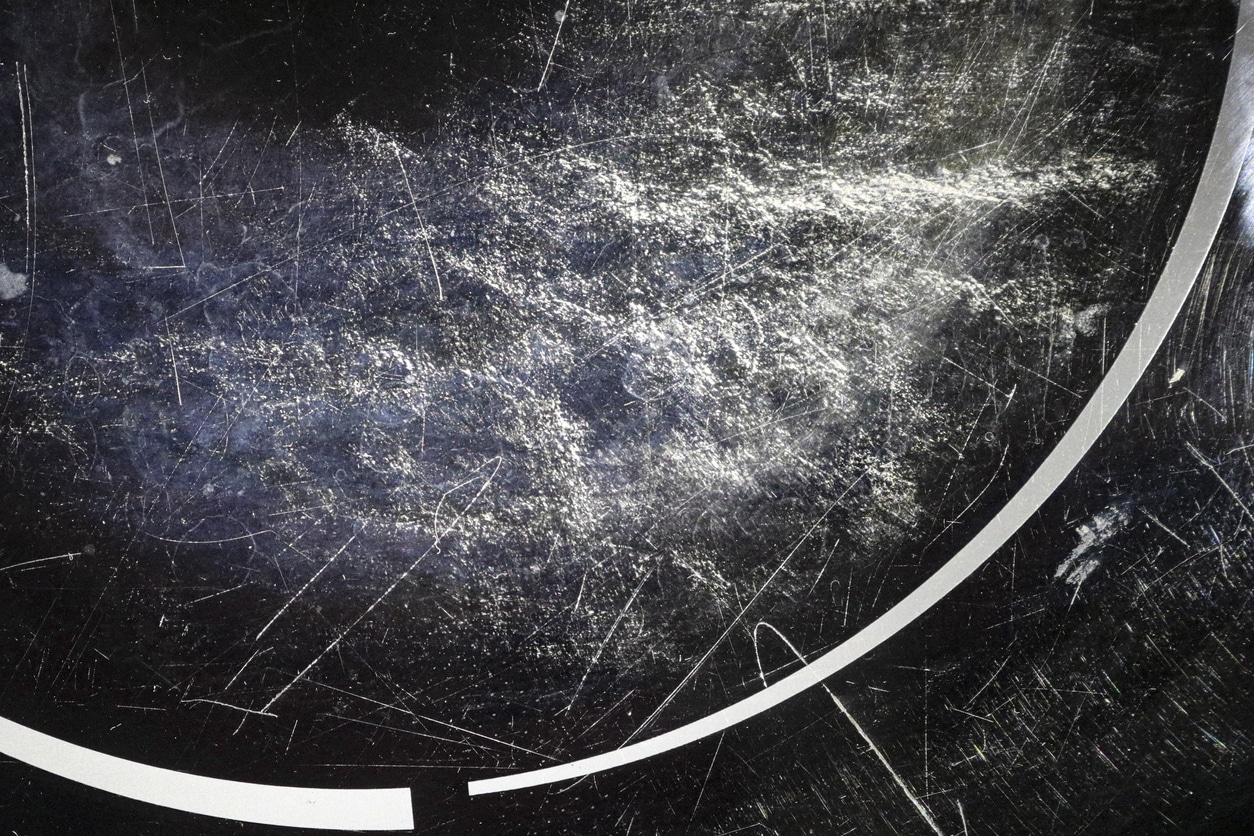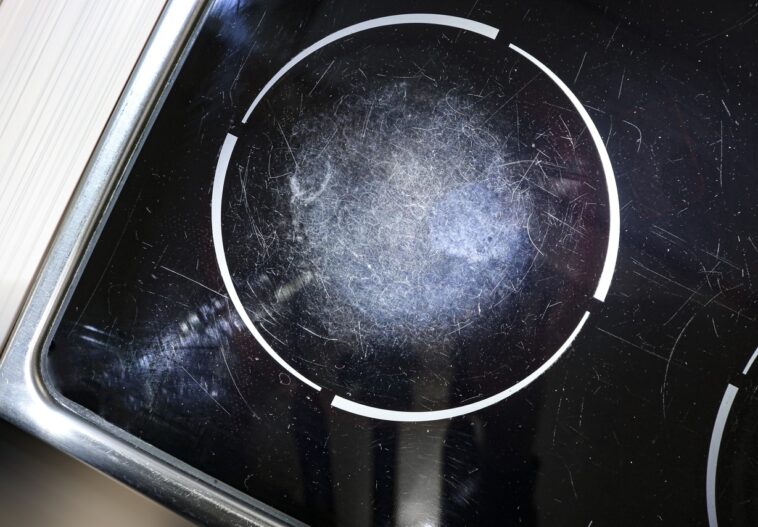Over the course of use in the kitchen and cleaning that is not always very careful, the glass of the induction hob can find itself speckled with more or less deep scratches. We can then fear that the only solution will be to replace it. However, you can definitely use the tips intended to fade the marks on a scratched window to make up for the damage. So, find out how to reduce these scratches with inexpensive household products that you probably already have!
First of all, how to avoid scratches on an induction hob?
Knowing how to deal with scratches on an induction hob is good, but making sure they don’t appear in the first place is even better. By avoiding classic bad habits or the use of cleaning products and tools that could damage it, you will see a big difference in its durability. To avoid scratching it, be sure to:
-Make a regular maintenance to avoid accumulation of dirt. So, no need to rub too much, and therefore damage your plate! To do this, forget about bleach and caustic or abrasive products: white vinegar or black soap will do the trick after each use of the plates.
–Ban the use of the abrasive side of the sponge or steel scrubbing sponge, even if there is a lot of dirt and burnt residue. Optionally use a special scraper for this type of plaque.
-Use suitable pans and saucepans and check that the bottom is very clean so as not to scrape the glass of the stove. Also get into the habit of always lift them instead of dragging them in order to avoid micro-scratches that are easy to avoid.
-Finally, this may seem obvious, but don’t use your induction cooktop as a work surface. This is not its function!

How to remove scratches from an induction hob?
1) White toothpaste
Toothpaste works very well on superficial scratches. However, avoid grain or gel toothpastes. : only the classic white paste should be used here. Take a small amount on a soft, clean, dry lint-free cloth and rub the scratched area. Then use a damp sponge to remove traces of toothpaste and let dry. To be renewed if necessary.
2) The clay stone
When cleaning or treating scratches on an induction hob, clay stone is very useful. Simply rub the traces before rinsing with clean water.
3) Baking soda
A paste made from water and baking soda will give you good results. Dip a cloth in this mixture and gently rub the scratches in small circles. Finish with a damp sponge.
4) Cigarette (or wood) ash
If you smoke, the bottom of the ashtray will be very useful to you! Otherwise, head to the chimney to collect some very fine wood ash powder. Once equipped, take your ash with a clean damp cloth and rub the scratch using small back and forth movements.

5) Meudon white
This very useful natural care product based on calcium carbonate is ideal for small scratches. To use it, simply sprinkle it directly on the plate before rubbing gently with a damp cloth or mix it with black soap before applying with a cloth or sponge.
6) Chemicals against scratches on an induction hob
You can polish the scratches with a metal cleaner however, avoid passing over the inscriptions on the table at the risk of erasing them. Otherwise, you can remove a scratch from a plate with a ammonia solution (500 ml of water for 20 ml of ammonia) to apply in small circular movements using a soft cloth. Last possible solution: use car polish. In fact, it can be used on the body of a vehicle as well as on a scratched hotplate. Simply lightly moisten a cloth with it and go over the scratches using small circular movements. Then remove the excess with a clean cloth, leave for a few minutes and rinse with a sponge.
7) What if the scratches are too deep to fade?
If the scratches are too deep and therefore unrecoverable, you will not be able to remove them with all these tips, no matter how effective they may be. To improve the aesthetics of your scratch-covered induction hob and preserve its proper functioning, you can, however, replace only the damaged glass part by another of the same size. This type of spare part is easy to find. On the other hand, only a professional can carry out this change in complete safety so as not to allow the slightest humidity to pass onto the electrical components. However, it will certainly cost less than buying a new one!


